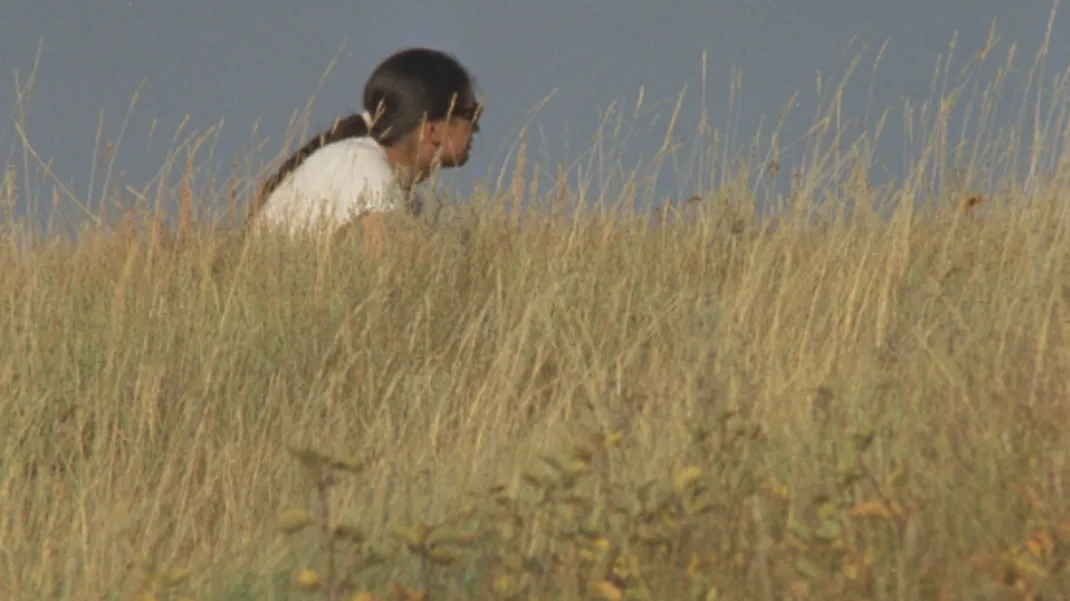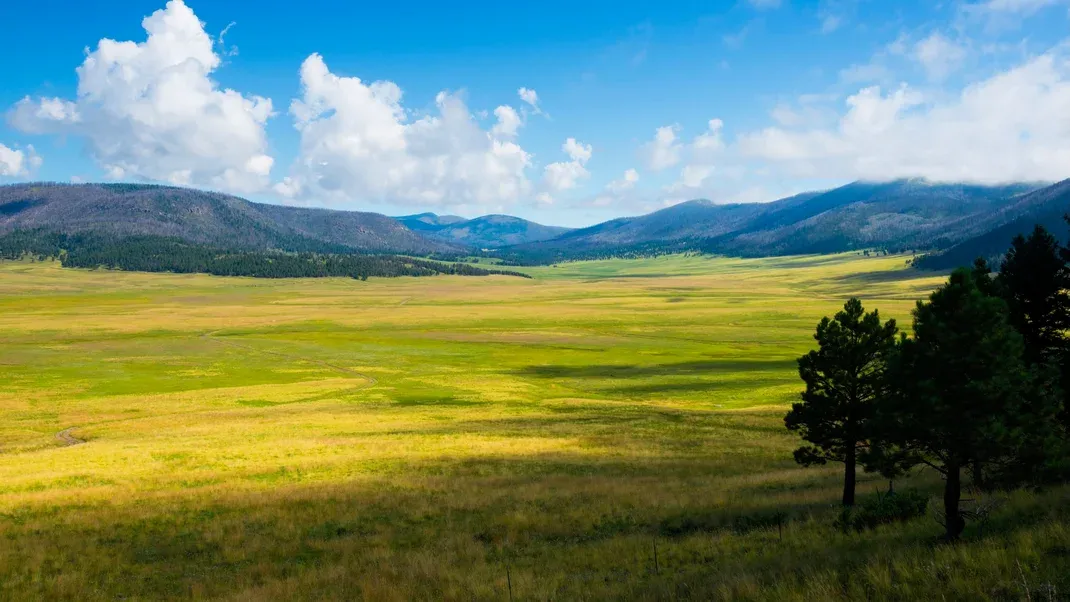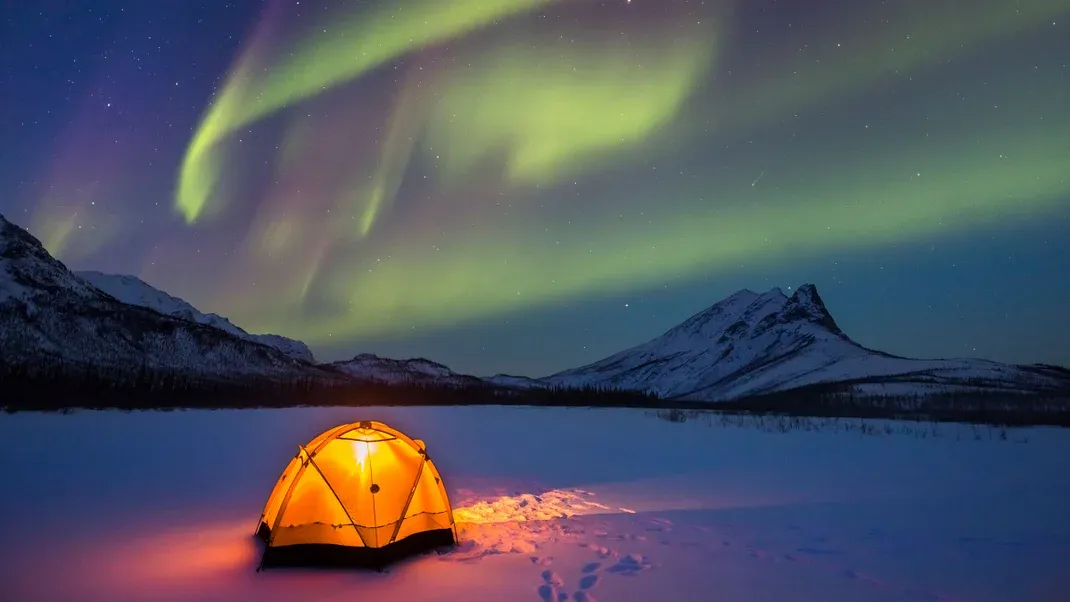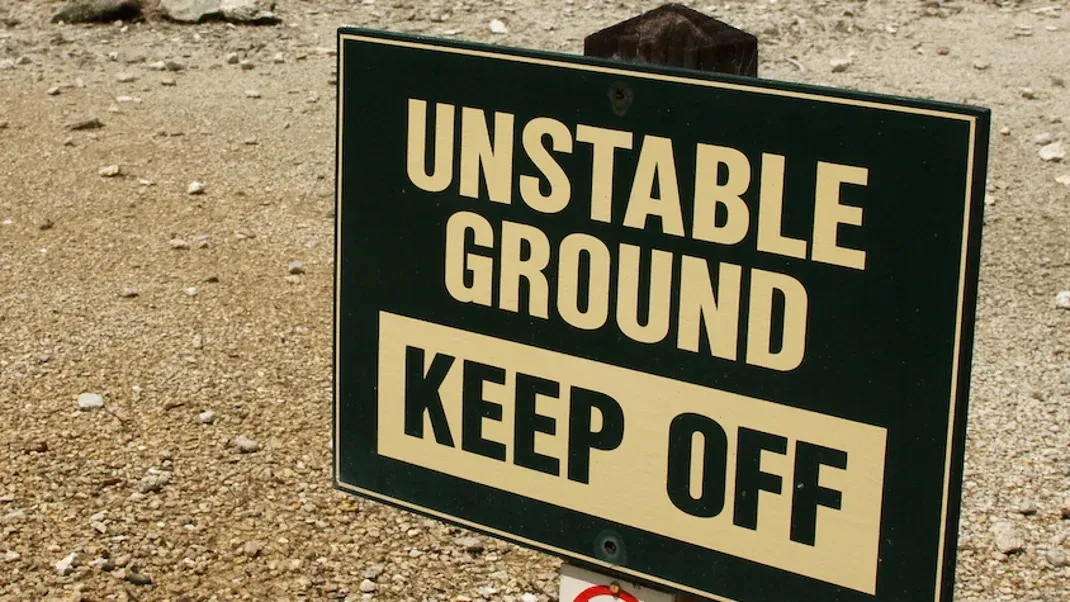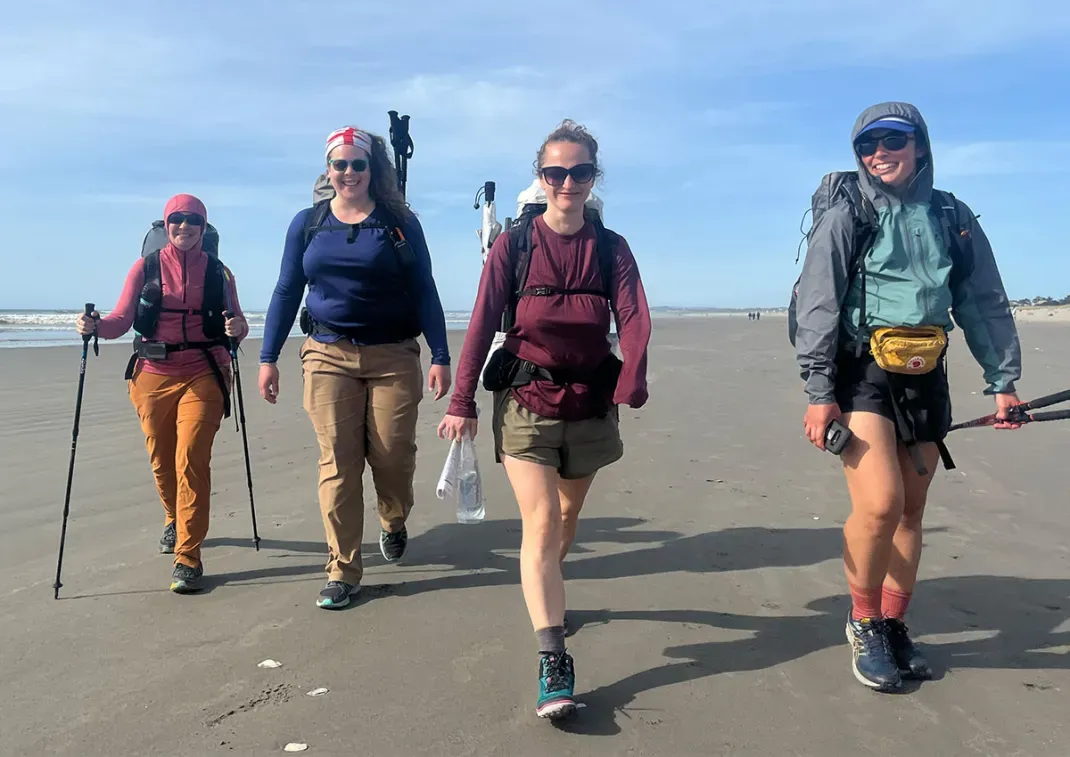Magma, Eruptions, and Third-Degree Burns: A Beginner’s Guide to Geysers
Magma, Eruptions, and Third-Degree Burns: A Beginner’s Guide to Geysers is an informative and engaging read for anyone interested in geology and natural phenomena. The book delves into the science behind geysers, explaining the role of magma and how it leads to volcanic eruptions. It also explores the dangers of third-degree burns that can result from geysers and offers tips for staying safe while observing these natural wonders. With clear explanations and stunning visuals, this beginner’s guide provides a comprehensive overview of geysers and the forces that shape them. Whether you’re a novice or an enthusiast, this book is a must-read for anyone fascinated by the earth’s geothermal activity.

Geysers are natural wonders that have fascinated humans for centuries. These incredible displays of natural power are created by the interaction of magma, eruptions, and the potential for third-degree burns. In this beginner’s guide to geysers, we will delve into the science behind these phenomena and explore the beauty and danger of these natural wonders.
Magma, the molten rock beneath the Earth’s surface, plays a crucial role in the formation of geysers. Magma is created by the intense heat and pressure within the Earth’s mantle, and it can reach temperatures of up to 2,200 degrees Fahrenheit. As the magma rises towards the surface, it can become trapped in pockets of rock, creating a reservoir of superheated water and steam.
When the pressure within these reservoirs becomes too great, an eruption occurs. The release of pent-up pressure causes the superheated water and steam to burst from the ground with incredible force, creating the iconic spouting column of water that we associate with geysers. These eruptions can reach heights of over 100 feet, and the water can reach temperatures of up to 200 degrees Fahrenheit.
The power and beauty of a geyser eruption are truly awe-inspiring, but they also come with a significant danger. The scalding hot water and steam that are expelled during an eruption can cause severe burns, including third-degree burns, which are the most severe type of burn. Third-degree burns penetrate the deepest layers of the skin and can cause permanent damage to the tissue, nerves, and blood vessels.
The potential for third-degree burns is a constant risk when visiting geysers, and it is essential to exercise caution and follow safety guidelines when exploring these natural wonders. Many geysers are surrounded by warning signs and barriers to prevent visitors from getting too close to the erupting water, and it is crucial to heed these warnings to avoid injury.
In addition to the risk of burns, the eruptions themselves can also be dangerous. The force of the water and steam can cause debris to be thrown a significant distance, posing a risk to anyone in the vicinity. It is essential to maintain a safe distance from the geyser and to be aware of your surroundings at all times.
Despite the potential dangers, geysers are undeniably captivating. The sight of a geyser erupting is a powerful reminder of the incredible forces at work beneath the Earth’s surface, and the beauty of these natural displays is truly breathtaking. The otherworldly landscapes surrounding geysers, with their steaming vents and colorful mineral deposits, only add to the sense of wonder and awe that these natural wonders inspire.
For those interested in experiencing the magic of geysers firsthand, there are several iconic geyser locations around the world that are popular tourist destinations. Perhaps the most famous geyser in the world is Old Faithful in Yellowstone National Park, which erupts approximately every 90 minutes and can reach heights of up to 180 feet. Other notable geyser locations include Iceland, New Zealand, and the Kamchatka Peninsula in Russia, each offering its own unique and stunning geothermal features.
In conclusion, geysers are a testament to the power and beauty of the natural world, created by the interaction of magma, eruptions, and the potential for third-degree burns. While the dangers associated with geysers are very real, the opportunity to witness these incredible displays of natural power is a once-in-a-lifetime experience that is not to be missed. By exercising caution and respecting the inherent risks, visitors can safely enjoy the wonder of geysers and marvel at the awe-inspiring forces that shape our planet.

